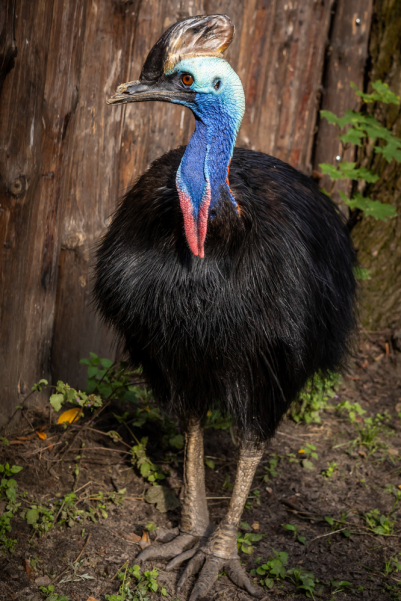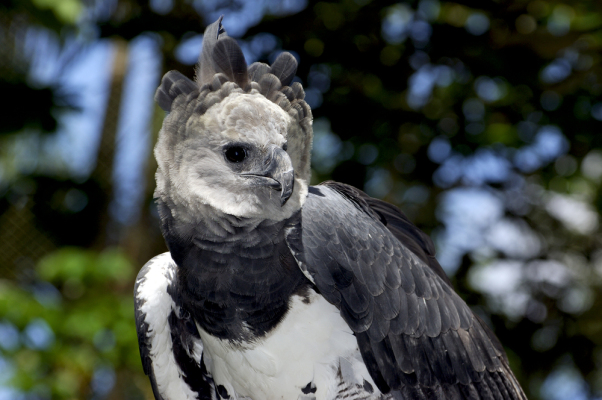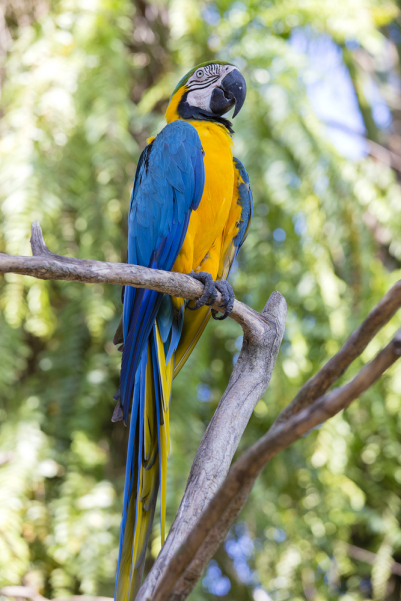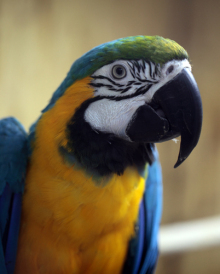Southern Cassowary

The Southern Cassowary(Casuarius casuarius) also known as Double-Wattled Cassowary, Australian Cassowary or Two-Wattled Cassowary is a large flightless bird found in Australia. The Southern Cassowary is classified in the order Casuariiformes and the family Casuariidae.
Physical Characteristics
The Southern Cassowary has a helmet like growth on its head known as a casque. The casque is mixed brown and rufous, and 13 to 17 cm (5.1 to 6.7 in) long. The sexes are quite similar in appearance, except the female’s bare parts are brighter, and a female’s casque is often longer. An adult Southern Cassowary’s body is blackish in color. The back … Continue



